A team from Michigan Technological University has partnered with Avon to develop a laser-based technology that measures the elasticity and firmness of skin.
As people age, their skin loses its youthful bounce, which leads to wrinkles and sagging. Skin-firming serums and anti-wrinkle creams seek to boost skin elasticity, but companies like Avon currently rely on visual grading by dermatologists or subjective verbal feedback from consumer panels to assess their products.
Using technology developed by Sean Kirkpatrick, professor and chair of the Department of Biomedical Engineering, the Michigan Tech team is refining a system that could lead to handheld devices that measure the effectiveness and longevity of beauty products. The technology could help Avon create and test experimental formulas quickly and objectively.
The basic process: project bright green laser light on untreated skin, swab a bit of product on, use a puff of air to stress the skin, then measure how much the scattered laser light—called laser speckle—shifts. The idea itself is simple, Kirkpatrick says, but the math behind it is complex.
"That light that is scattered back is in a random diffraction pattern—and that pattern moves around," Kirkpatrick explains. "The real art of all this is tracking the motion of that diffraction pattern and mapping it back to the skin."

Lasers Measure Skin Firmness with Avon Products
Lasers and Skin
The Biomedical Optics Lab is all white with an open ceiling, and is surprisingly tidy for a busy research lab. Various optical equipment—a handheld white-light skin tester, a 3-D printed chin rest, orange-tinted safety glasses—sit on workbenches throughout the room.
One corner is dedicated to a wheeled cart with a strange machine on top. The black metal cover, clear lenses, various knobs and dark gray metal make up the equipment for optical elastography, a term Kirkpatrick coined when he first developed the laser-based equipment and algorithms to test skin elasticity.
"It was a technology that was developed for clinical use for medical care of skin cancer and skin cancer diagnostics," he says. "It's translated out of that field to over-the-counter cosmetics, moisturizers and skin care products."
What once tested the difference between the firmness of normal skin and cancerous lesions can now test the difference between before and after anti-wrinkle serums. The skin of the inner arm, just above the elbow, is an ideal test site because it's flat and sees less sun than faces or forearms. Only a little product is needed—2 milliliters per square centimeter of skin—and the lab tech applies it with a pipette.
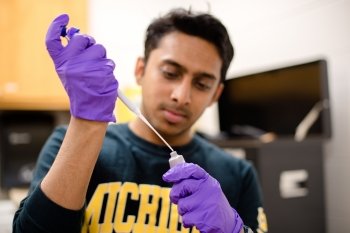
To learn what it's like to be a participant, read more of the behind-the-scenes process on our Unscripted blog.
More than a Machine
While the bright green laser is the showiest part of the project—and sounds like a beauty product out of the Jetsons—the physical equipment is only part of the project. Kirkpatrick and his team are developing a technology from the ground up, including the optics, software for data acquisition and the algorithms that map the laser's diffraction patterns to skin.
Other quantitative technologies do exist to measure skin mechanics; most use vacuum or indentation of the skin surface. However, they are not effective at examining tiny changes in the skin's outermost epidermis, they go deeper into the tougher dermis and fat-filled hypodermis and have to contend with the differences in how the various tissues behave.
"Our technique is more sophisticated that what's currently available on the market," Kirkpatrick says, explaining that beauty measurements really are only skin deep. "Our measurement scheme stays within the upper 70 microns, maybe 100 microns, of the skin's epidermis."
Shallow as it is, changes in the epidermis are linked to visible wrinkles and loss of firmness, and reflect differences in gender, race, sun exposure and age. The latter makes the most difference, which is why Kirkpatrick's group surveyed three age groups 20-30 years old, 30-45 years old and 45 years and older. The more refined laser-based system could also be better at sorting out how products differ by skin color depending on melanin levels, which are only significant in the epidermis, and can't be tested with existing technology.
Kirkpatrick's work with Avon shines a light on new possibilities for measuring the skin-deep pursuit of youthful beauty. Using lasers and big data algorithms, the collaboration moves the age-old quest for the fountain of youth past science fiction into real 21st century technology.
Michigan Technological University is an R1 public research university founded in 1885 in Houghton, and is home to nearly 7,500 students from more than 60 countries around the world. Consistently ranked among the best universities in the country for return on investment, Michigan's flagship technological university offers more than 120 undergraduate and graduate degree programs in science and technology, engineering, computing, forestry, business, health professions, humanities, mathematics, social sciences, and the arts. The rural campus is situated just miles from Lake Superior in Michigan's Upper Peninsula, offering year-round opportunities for outdoor adventure.
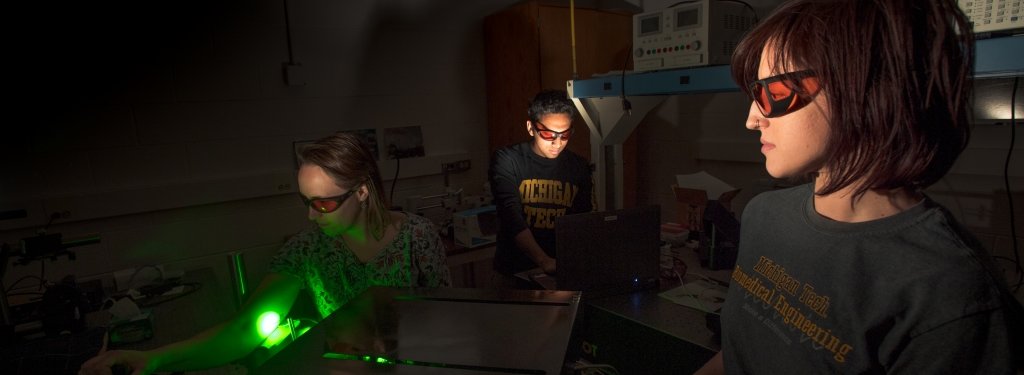

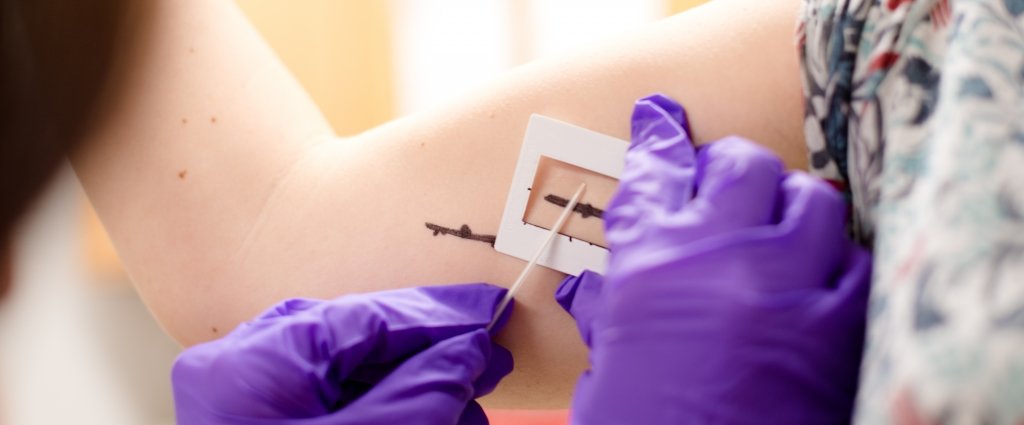
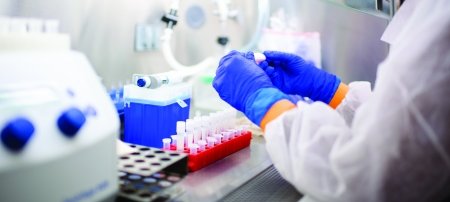
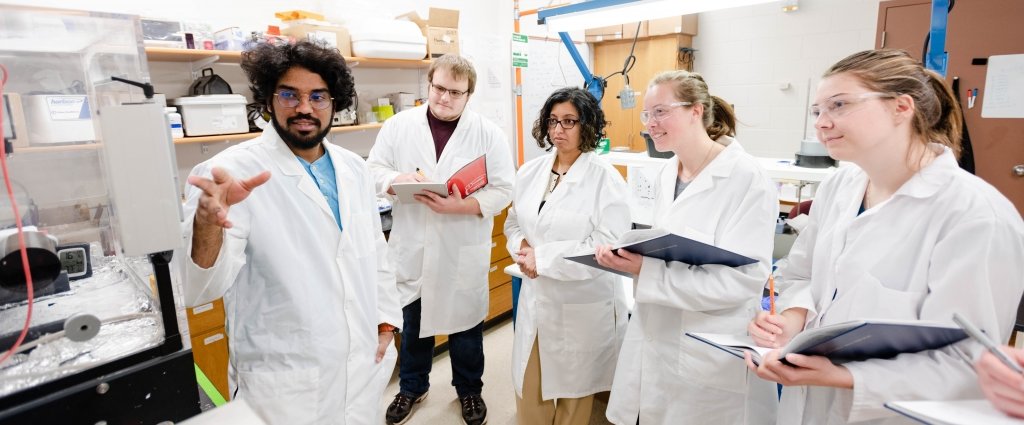
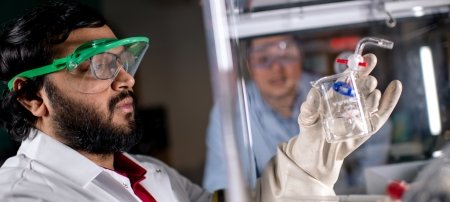
Comments